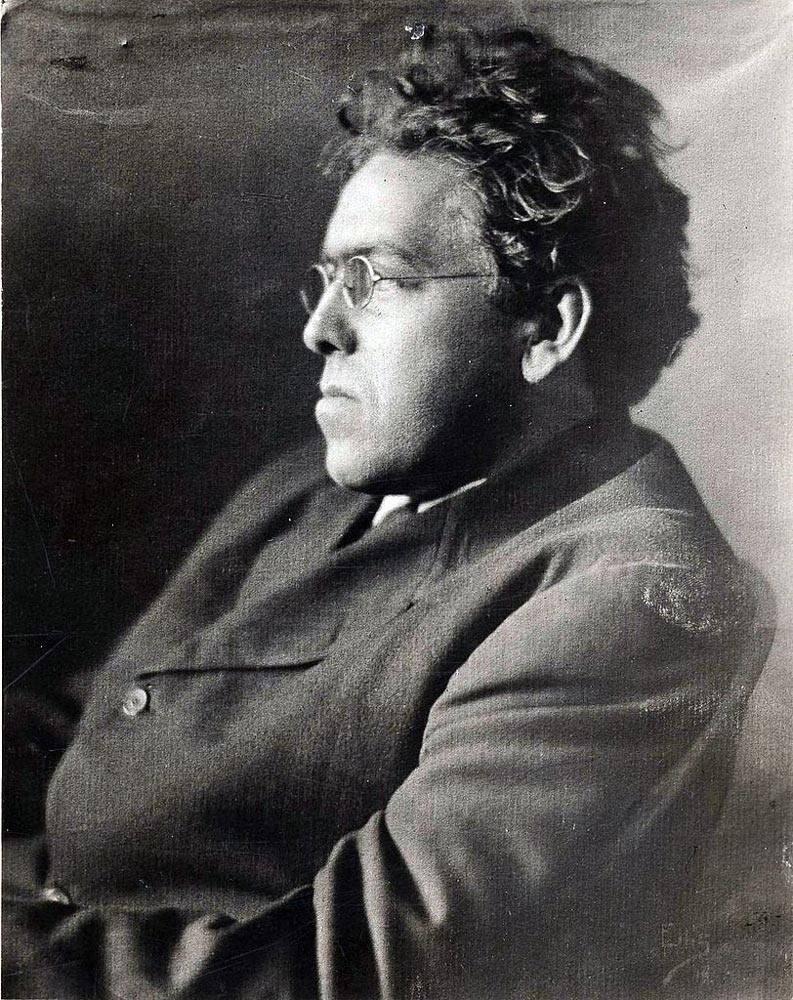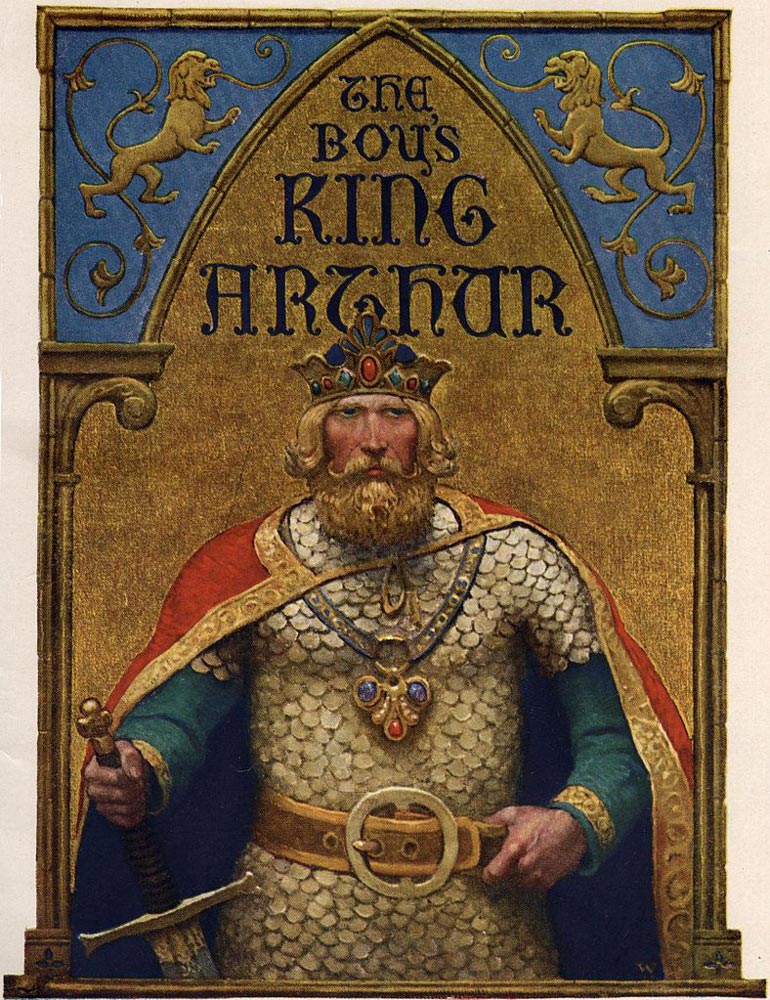| N.C. Wyeth | |
|---|---|
 |
|
| Born | Newell Convers Wyeth Oct. 22, 1882 Needham, Massachusetts, United States |
| Died | Oct. 19, 1945 (at age 62) Chadds Ford, Pennsylvania, United States |
| Nationality | American |
| Field | Illustration, painting |
| Works | View Complete Works Treasure Island Robinson Crusoe |
Newell Convers Wyeth (1882-1945) was one of the most successful illustrators of all time, loved by children and adults alike. Wyeth’s valiant characters created American heroes which have withstood time. He set new standards for illustrators, through his styles, imagination and technique. He had the great ability to create life-like characters from a written page, and became the illustrator for great classics authors such as Stevenson, Irving, Cooper, DeFoe, and Verne. N.C. Wyeth was the father of artist Andrew Wyeth, and grandfather to artist Jamie Wyeth. Wyeth painted nearly 4,000 illustrations for Saturday Evening Post, and also painted murals and landscape scenery. His zest for life, and enthusiasm for creating art was seen through his many works.
Beginnings
Born in Needham Massachusetts, Newell Convers Wyeth was the oldest of four brothers in the Wyeth family. In his youth, N.C. loved observing nature, and was surrounded by literary giants such as Thoreau and Longfellow, with whom his mother was acquainted. His mother encouraged his literary appreciation, and artistic abilities. By the age of twelve, N.C. was painting excellent works with watercolors. N.C. attended Mechanics Art School to learn drafting initially. He then attended the Massachusetts Normal Arts School, and Eric Pape School of Art, to learn about illustration under the teaching of George Loftus Noyes, a landscape artist, in 1901.
 In 1902, Wyeth followed his friends, and entered Howard Pyle’s School of Art. Howard Pyle is known as the father of American Illustration, and with great admiration, N.C. immediately adopted Pyle’s methods and ideals as his own. The little time that was spent with Pyle began to be quite productive. In 1903, Wyeth received his first commissioned job as illustrator for the cover of The Saturday Evening Post, illustrating a bucking bronco.
In 1902, Wyeth followed his friends, and entered Howard Pyle’s School of Art. Howard Pyle is known as the father of American Illustration, and with great admiration, N.C. immediately adopted Pyle’s methods and ideals as his own. The little time that was spent with Pyle began to be quite productive. In 1903, Wyeth received his first commissioned job as illustrator for the cover of The Saturday Evening Post, illustrating a bucking bronco.
In 1904, Wyeth was commissioned to illustrate a Western story for The Saturday Evening Post, so he went to Colorado, and worked as a cowboy cattle herder on a ranch, to see what Western life was really like, before painting it. While on his trip, he also visited the Navajo in Arizona to study the native American culture, and he also collected information on mining. Wyeth wanted to be able to feel, what he was painting. If he painted a cowboy pulling on the reins, he wanted his own muscles to hurt.
Success And Later Life
In 1906, Wyeth painted a series of farm scenes for Scribner’s, as well as the painting Mowing, which became among the most successful images featuring rural life. In 1908, Wyeth married Carolyn Beckius, and they settled in Chadds Ford, on eighteen acres of land, which was very near the historic Brandywine Battlefield. Commissions were coming rapidly by this time, and with five children, Wyeth found very little time to paint anything other than illustrations.
In 1911, Wyeth did move from Western subjects, to the illustrations of classic literature. Some of his more recognized works are Treasure Island, Robin Hood, The Last of the Mohicans, Robinson Crusoe Rip Van Winkle, and The Yearling . During this time, he also did works for some prominent periodicals such as Ladies’ Home Journal, Harper’s Monthly, and Scribners.
Around the year 1914, he began hating the commercialism, and battled with his feelings for the rest of his life. He felt that he was restricted in topics and purpose, when creating for someone else. In the 1930’s he began restoring an old captain’s home in Maine, named the home Eight Bells, after a Homer painting, and began taking the family there during the summers, so that he could paint seascapes. Museums began purchasing his summer paintings, and by 1941, Wyeth was elected into the National Academy, and he began showing his work on a regular basis.
At this time, Wyeth felt more at peace with his art, when tragedy struck. Wyeth and his grandson died in a railroad crossing accident near his home in Chadds Ford. It was tragically ironic that he was working for Metropolitan Life Insurance Company, depicting the Pilgrims at Plymouth when this deadly accident happened. His son Andrew, and John Mc Coy completed the series out of respect for Andrew’s beloved father. Although Wyeth is no longer alive, his art, and the characters that he brought to life live on forever.
Style And Techniques
 Wyeth believed in true, solid, American subjects for his art. Pyle influenced Wyeth to explore what he was going to paint first. Wyeth stimulated his imagination, and emotions by viewing humans in action. Wyeth used loose, quick brushstrokes, relying on foreshadowing, and dark, moody backgrounds at times. Wyeth used his exuberant personality in his paintings. He worked rapidly, experimenting constantly, and often working on a larger scale, due to his energetic brushstroke, and his grand visions. He could often conceive the idea, sketch it, and paint a large painting in just three hours.
Wyeth believed in true, solid, American subjects for his art. Pyle influenced Wyeth to explore what he was going to paint first. Wyeth stimulated his imagination, and emotions by viewing humans in action. Wyeth used loose, quick brushstrokes, relying on foreshadowing, and dark, moody backgrounds at times. Wyeth used his exuberant personality in his paintings. He worked rapidly, experimenting constantly, and often working on a larger scale, due to his energetic brushstroke, and his grand visions. He could often conceive the idea, sketch it, and paint a large painting in just three hours.
From his instructor Noyes, he developed his love of nature and plein aire painting, or painting outdoors. Throughout his life, Wyeth’s style of portrait and landscape painting changed dramatically. In the 1910’s, he experimented with impressionism, and in the 1930’s, his art leaned more toward the realistic American regionalism of Benton, and Wood, and he began painting with thin oils, and sometimes egg tempra paints.
Throughout his artistic career, Wyeth illustrated for classic literature, periodicals, posters, and calendars. He also illustrated for advertisements such as Lucky Strike, Cream of Wheat, and Coca Cola. His portrait paintings included Beethoven, Wagner, and Liszt, for Steinway and Sons piano company, and he also drew murals of historical subject matter for some Boston banks. During both of the World Wars, Wyeth contributed patriotic illustrations for the government, and private agencies, portraying America.
Awards and Recognition
N.C. Wyeth received an honorary master of arts degree from Bowdoin College, in 1945. He was a member of the National Academy, the Society of Illustrators, the Philadelphia Water Color Club, the Fellowship of the Pennsylvania Academy of the Fine Arts, the Philadelphia Art Alliance, the Chester County Art Association, and the Wilmington Society of the Fine Arts. Wyeth’s works are on display at the Brandywine River Museum in Chadds Ford, which was designated as a National Historic Landmark in 1997, at the Farnsworth Museum, and at the Portland Museum of Art in Maine.